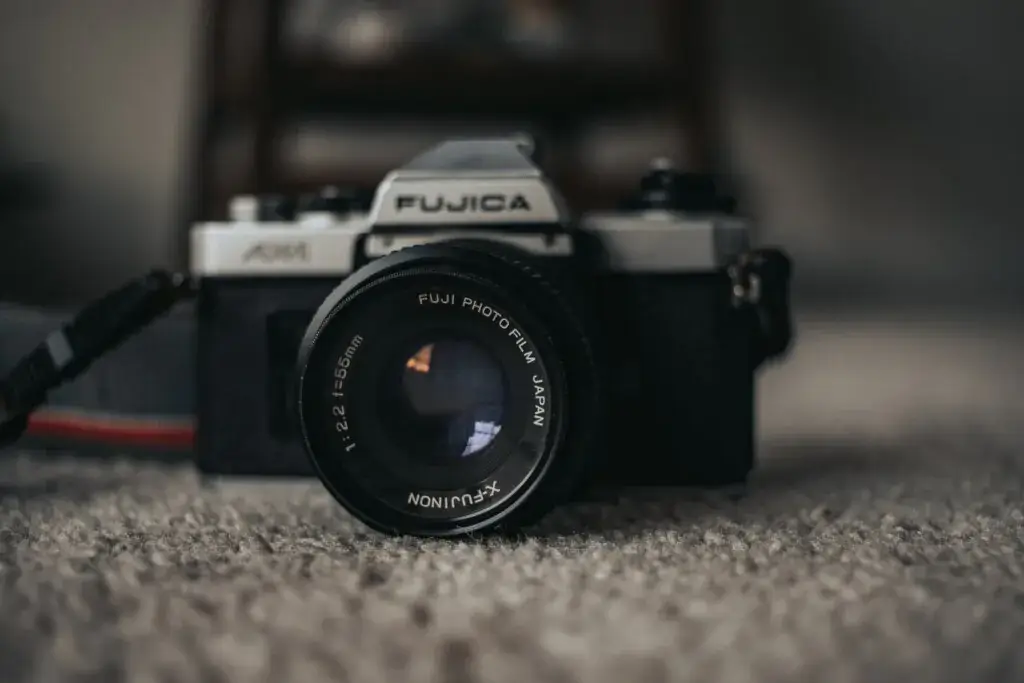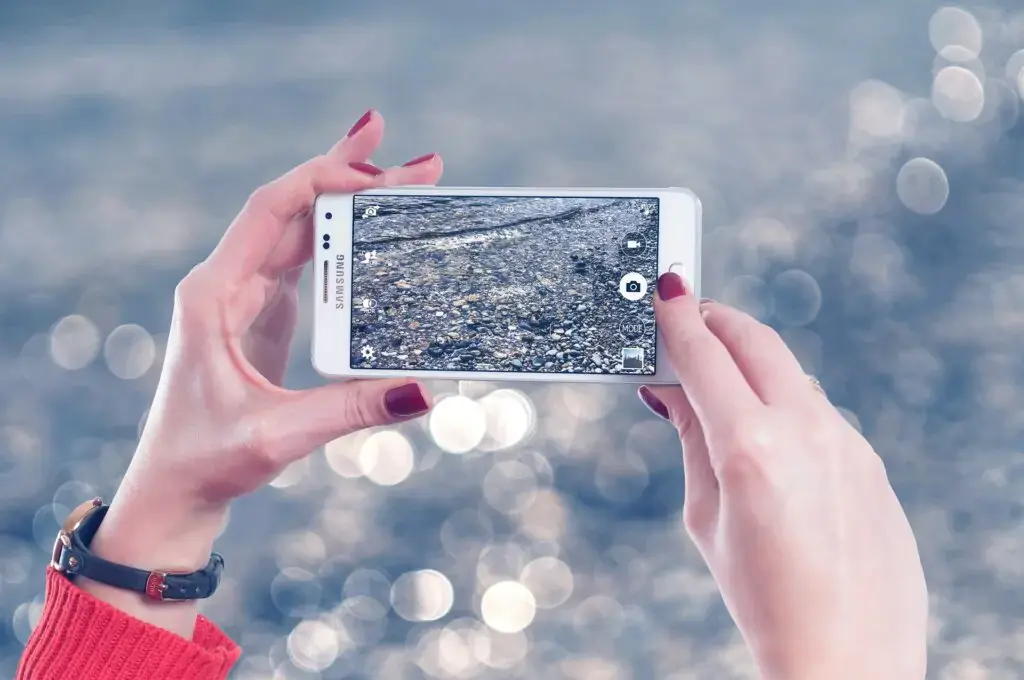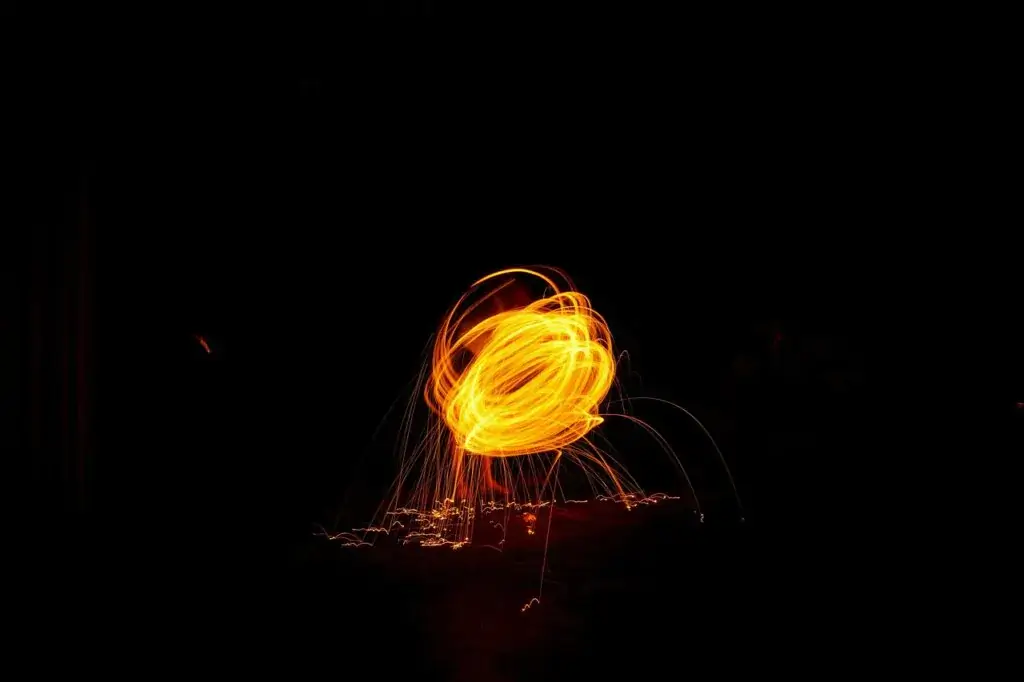 Article
ArticleHistory of photography, or how man learned to stop time in the frame
Photography is classified as a visual art, and the best photos taken by outstanding artists are bought for record sums, exceeding several million dollars. One of the greatest assets of this field is its universality. This is because you don’t need great talent to take pictures with a simple camera or phone. Few people know, however, that the photographic equipment readily available today is the result of years of work on light and image.
History of world photography
The first photograph in history was taken by Nicéphore Niépce in 1826 and was titled “View from a Window in Le Gras.” The author of the photo was fascinated by engineering, and created his image using a polished zinc plate with an additional layer of Syrian asphalt, a bituminous compound from the shores of the Dead Sea. Niépce furthermore experimented with silver chloride, which mixed with chalk to take on a darker hue due to UV exposure.
His work was joined by Louis Jacques Daguerre, who was the discoverer of the latent image, i.e. the initial phase of the developed negative. On January 7, 1839, Daguerre proved that using silver and a copper plate, a daguerreotype could be carried out allowing detailed photographs developed in mercury vapor. William Fox Talbot then presented the world with the calotype, considered the first negative technique. His discovery was perfected by George Eastman.
The first years of the 20th century are considered a symbolic caesura between historical and modern photography. In 1907, an autochrome was introduced, consisting of a glass plate and a tri-color layer of potato starch, which was additionally covered by a panchromatic emulsion for black-and-white photographs. During exposure, light passed through the color mosaic, and after developing the positive, an image in natural tones was produced. The disadvantages of this process were finally removed in 1935.

First photo ever
In the context of the history of photography, it is worth mentioning a little more about the first image captured by a French inventor, namely the “View from the window in Le Gras” which is the result of more than 10. years of research and experiments, which were initiated by an experiment on light-sensitive materials and the camera obscura.
Niépce created his first negative on paper, then decided to use a glass plate and Syrian asphalt. He placed the image of the Pope on them and then exposed the whole thing to the sun. As a result of the exposure, he managed to get a negative image. In a further stage of experimentation, the man replaced the glass with metal, which resulted in a matrix.
Niépce used it to duplicate prints, and the first one was erroneously described as the oldest photograph ever made. In fact, it wasn’t until 1826 that he was able to reproduce the actual image, showing a farm and field visible from his studio. The photograph was created using a pewter plate covered with Syrian asphalt. Nicéphore Niépce’s image was included in the list of “100 Photographs That Changed the World.”

History of color photography in Poland
The history of Polish photography is diverse and interesting, but it is worth starting the story with 1909, when Stanislaw Lilpop took a portrait of his friend using autochrome. His work is considered the first color photograph in our country. Tadeusz Rząca and Henryk Mikolasch were also well-known photographers. The former captured “Florists in the Market Square in Cracow,” while the latter captured “Girls with Apricots.”
In 1912-1918, Stanislaw Krygowski was highly regarded by the public. During his stay in the Tatra Mountains, he took photographs of Zakopane highlanders and tourists using autochrome. Also worth mentioning is Jan Wlodek, who took as many as 243 photographs of Krakow and the Polish mountains over a period of 18 years.
Hans Hildenbrand and Maynard Williams, creators of rural images, came to our country during the wartime twenties. Some of their photos ended up in National Geographic. In contrast, the first color photographs of World War II were taken in Poland by Julien Bryan. He used Kodachrom film for his works.
History of digital photography
A light-sensitive CCD or CMOS matrix is responsible for capturing digital images. The first of these was invented in the late 1970s. The discovery was made by Willard Boyle and George Smith. The first color digital photograph, on the other hand, was created by Michael Tompsett in 1972. Interestingly, Boyle and Smith won the Nobel Prize, although their main goal was to create a matrix that would have videophone applications.

Photography – the history of the camera
The Susse brothers are considered the inventors of the camera, which used the daguerreotype technique. Their equipment was constructed in 1839. It is interesting to note that in the early days of photography, the size of the print depended on the size of the camera. In order to get a larger photo, it was necessary to use a larger camera. This caused photographers to have to adapt to the technical means available to get the right image size.
The first small-image camera was developed in 1925, while the first twin-lens reflex camera was invented in 1929. The next step in the history of cameras was the production of a single-lens reflex camera in 1936.
Digital photography technology, which is now widely used, was invented in 1975 by a Kodak engineer. The first digital cameras, or more specifically their prototypes, combined a variety of elements that were well known at the time. A lens, a portable tape recorder for analog cassettes, numerous batteries (as many as 16!), a CCD sensor, and digital and analog circuits… everything was combined in one device. Recording the first digital photos, however, required patience, as the prints were recorded on a magnetic cassette, and displayed on computer screens.

The 21st century saw an explosion in the technological development of digital cameras. Since the end of the 20th century, many new technologies have emerged that have greatly improved the quality of photos taken and the convenience of use. Digital photography has become very popular due to the ubiquity of computers and the ability to process and store photos on portable drives.
The history of photography includes many breakthroughs, thanks to which modern photo-making technology is very advanced, and the devices used to capture natural images offer many possibilities. Cameras are created to meet the needs of both professionals and amateurs. Therefore, it is worth playing with photography and enjoying it, regardless of experience or skill.
 PL
PL



